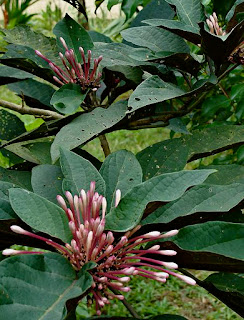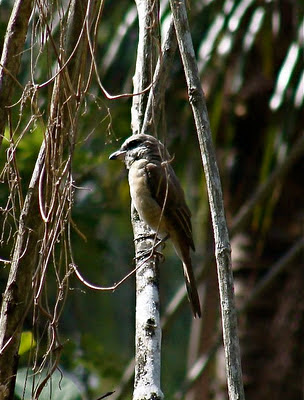I don't know about you but that's how I feel when I source pottery for my use, and lately, for friends. They're not the usual pots you find in roadside stores or garden centers, but instead the types of terra-cotta pots you find in coffee-table books on gardening, tropical design, and Southeast Asian architecture.
We use them in the gardens and sell them as well; sturdy and beautifully-designed pottery that are visually appealing by themselves
and at the same time, complements tropical plants that match certain shapes and sizes. A chunk of my weekend time is spent assigning the right plant to the right pot, and it is totally satisfying to see that both the plant and the pot set each other off as a singular, natural work of art.
But all these begin with the right pot. Terra-cotta literally means "baked earth," so the vessel containing your plants simulate similar natural conditions, just like how it is if it is planted on the ground.
Some are ribbed (topmost), some have geometric relief (second from top) that are hand-made one by one. One of my favorite designs are stamped patterns, in this case on the rim with leaves (right) or circles (below).
Sizes vary from tabletop to jars that can fit you and me inside. The biggest I've bought, for a resort project recently took the entire space of the pick-up's bed; that was all I could take one time. After all, they're breakable and cannot be stacked.
You'll see the stocks when you come and visit, or I'll periodically upload the more interesting designs here in the blog. We can also deliver, as these require special handling and a considerable space.

















































